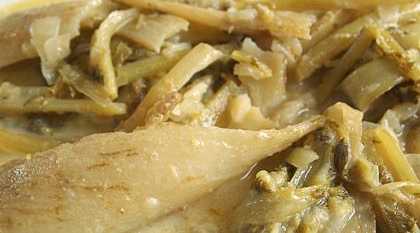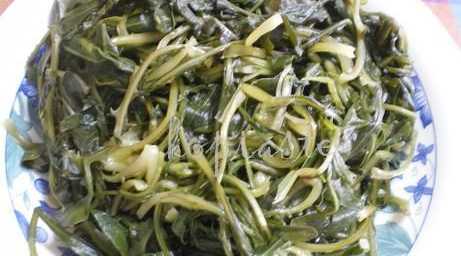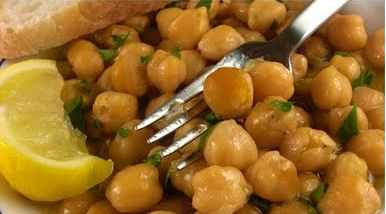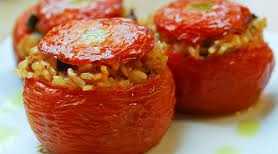The Top 5 Dishes Travelers Should Eat in Crete
Greece in general and Crete in particular are very much a food culture. Our lives greatest moments, whether good or bad, whether joyful or with sorrow, are very much linked or accompanied with food. The otherwise typical question: "what did you eat today?" is not one with dialogical curiosity, but rather one that aims in sharing an important event of the day. The answer that follows is not given with a simple verbal answer, but rather with a series of non-verbal cues such as the rubbing of your belly, the shake of the hand as an exclamation mark, or even the sour expression of the face in order to underline the pleasure, or disappointment that came along with its consumption.
Greek people see food as a partner, as medicine, as indicator of knowledge, prosperity or even ability and talent. Every mother is chef with a specialty and a group of friends always knows whose mother cooks what the best. Among the several regional cuisines of Greece, there has been a lot of conversation recently about Cretan cuisine, its health benefits, rich and vivid flavors and simplicity of execution.
But not many visitors are aware though that Crete is a culinary heaven for vegetarians. Culinary traditions and typical Cretan flavors are developed around mountain flavors. Despite the fact that Crete is an island, historical and cultural events, have affected the development of local flavors in simple, mountainous, seasonal flavors with the presence of meat kept to the minimal. Besides animals were mostly used for work, or their by products such as milk, wool and so on.
Thus meat consumption was a three times a month (mostly Sundays) event. So in case you are Taste Trekking on the island here is a list of suggestions that will catch you by surprise for their simplicity yet richness of flavors. An important note to keep in mind is that these types of dishes are not served in special Vegetarian restaurants. They are available depending on the season almost in every restaurant you will be Taste-Trekking.
1. Golden Thistle With Artichokes (Askolibri me Agginares)
The Latin name for Golden Thistle is Scolymus Hispanicus and it is a very important nutritious source of organic acids, metals and vitamins. In Crete it is a very popular dish as it combines together with artichokes. Cleaned from its thorns it is simply put for boil with the artichokes.

It is served together with the addition of extra virgin olive oil, lemon and salt. For those vegetarians eating eggs, its preparation with the addition of an egg lemon sauce (avgolemono) will make it simply divine. In either case this is a flavorful, saucy, rich dish oozing health and nature!
2. Stamnagathi with Feta and Tomatoes
Chicorium Spinosum is the scientific name, but Stamnagathi is how you will find it in Crete. This very interesting wild green grows on hills which are not far from the sea and as the Latin name might imply it is some sort (but not really) of chicory. Some argue it is a great product against liver or kidney problems. All we say with certainty is that if you boil it a little, and then throw it on a hot pan with the addition of tomatoes (or cherry tomatoes), feta cheese and olive oil the result is simply phenomenal.

Stamnagathi has a natural slight bitter flavor so the addition of tomatoes and feta balance it out. You will often find it simply boiled or even raw in salads. Regardless do not hesitate to try it. Nowadays it is available in almost every restaurant or similar culinary corner of the island.
3. Chickpeas- Revithia
It is undeniable that this particular type of pulse is popular on other parts of the world. However in Crete it is prepared in several different ways which will definitely will not disappoint neither vegans nor vegetarians. Chickpeas have been eaten in Crete for millennia.

Even today, on summer months, you can find people selling semi-dried branches with the chickpeas still attached on them. You only need to cut and eat them. But if you are not up for the all natural tasting then surely you will appreciate the flavors that come as chickpeas combine with a lemon and flour sauce either oven baked, or, casserole.
If you are afraid the flour might feel a little heavy then go for the tomato sauce. Regardless of what you pick a good revithada will definitely make you content and pay off as a delicious alternative of protein source.
4. Stuffed Tomatoes (Gemista)
Tomatoes during summer are on their peak. They are juicy and flavorful with great aroma. Stuffing tomatoes with different vegetables and rice is a common practice in Greece. In Crete however they use to stuff them with barley. This alteration gives a more intense and rich flavor which brings the characteristics of each vegetable added in the mix in a nice balance.

Zucchinis, onions, egg plants, carrots, but also, peppermint, dill and parsley combine with barley to elevate flavors and bring summer on your plate. Eaten as both cold and warm dish the ideal companion is a scoop of Greek yogurt. Important to note is that you can find Gemista with other vegetables also such as eggplant, zucchinis and red or green peppers.
5. Broad Beans Pure (Koukofava)
Broad beans, or Koykia as known in Greece belongs to the family of pulses and it is a product prepared in various different ways. Most common and amongst the favorite ways of preparing koukia in Crete is boiled then mashed, served with onion, parsley, olive oil, salt and peppe r. This dish is called koukofava and it is served on the island for centuries.
Simplicity of cooking meets purity of products in a dish that every flavor is clear and straight forward. Bear in mind that in Crete it is not advised to combine this product with any type of cheese. It is believed there is some connection with the lack of enzyme (G-6-PD) responsible for the processing certain carbohydrates into energy. If you know you are good to go then do not miss the chance to try this recipe. Simple food, simple executions, incredible flavors.

